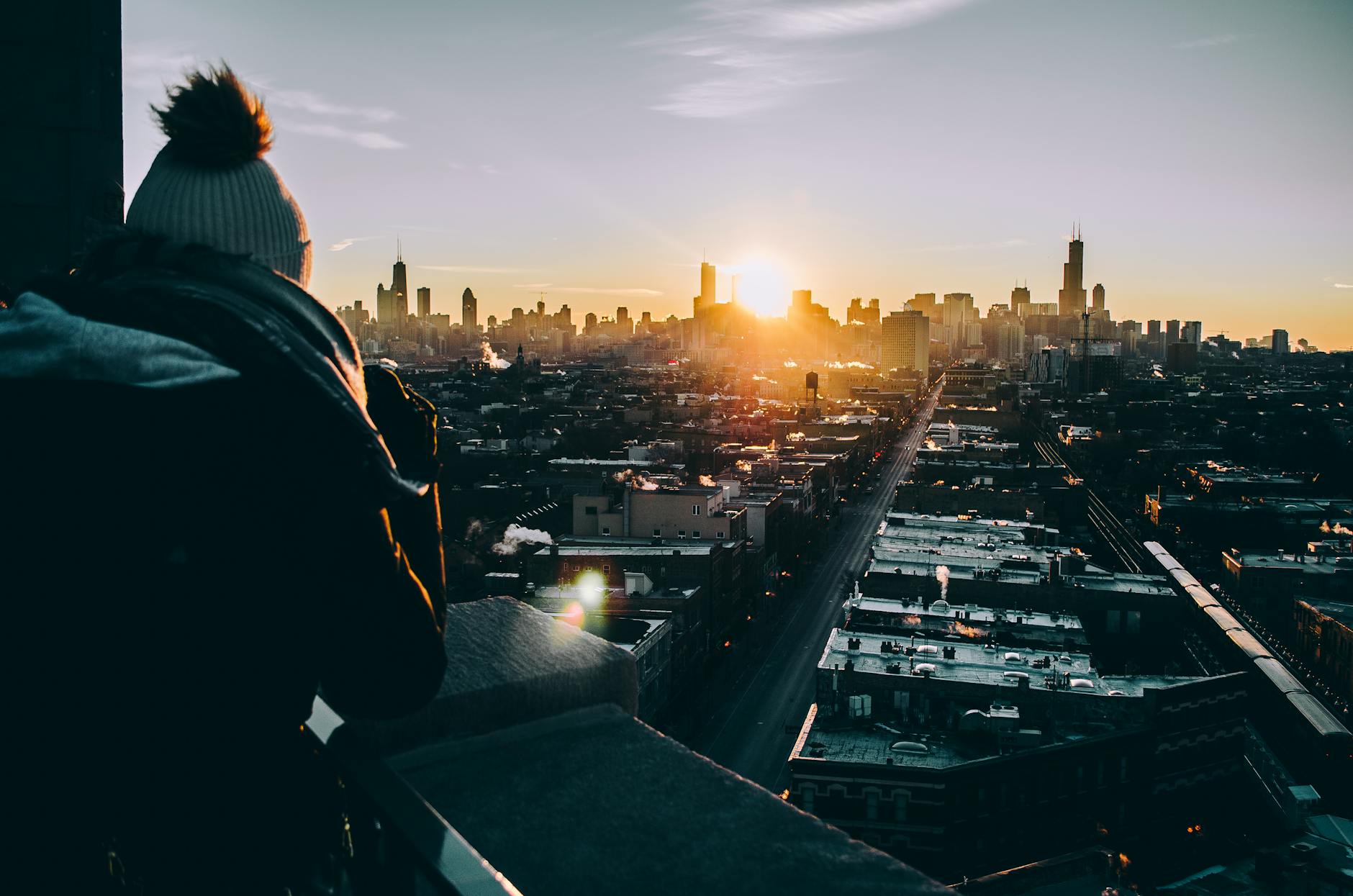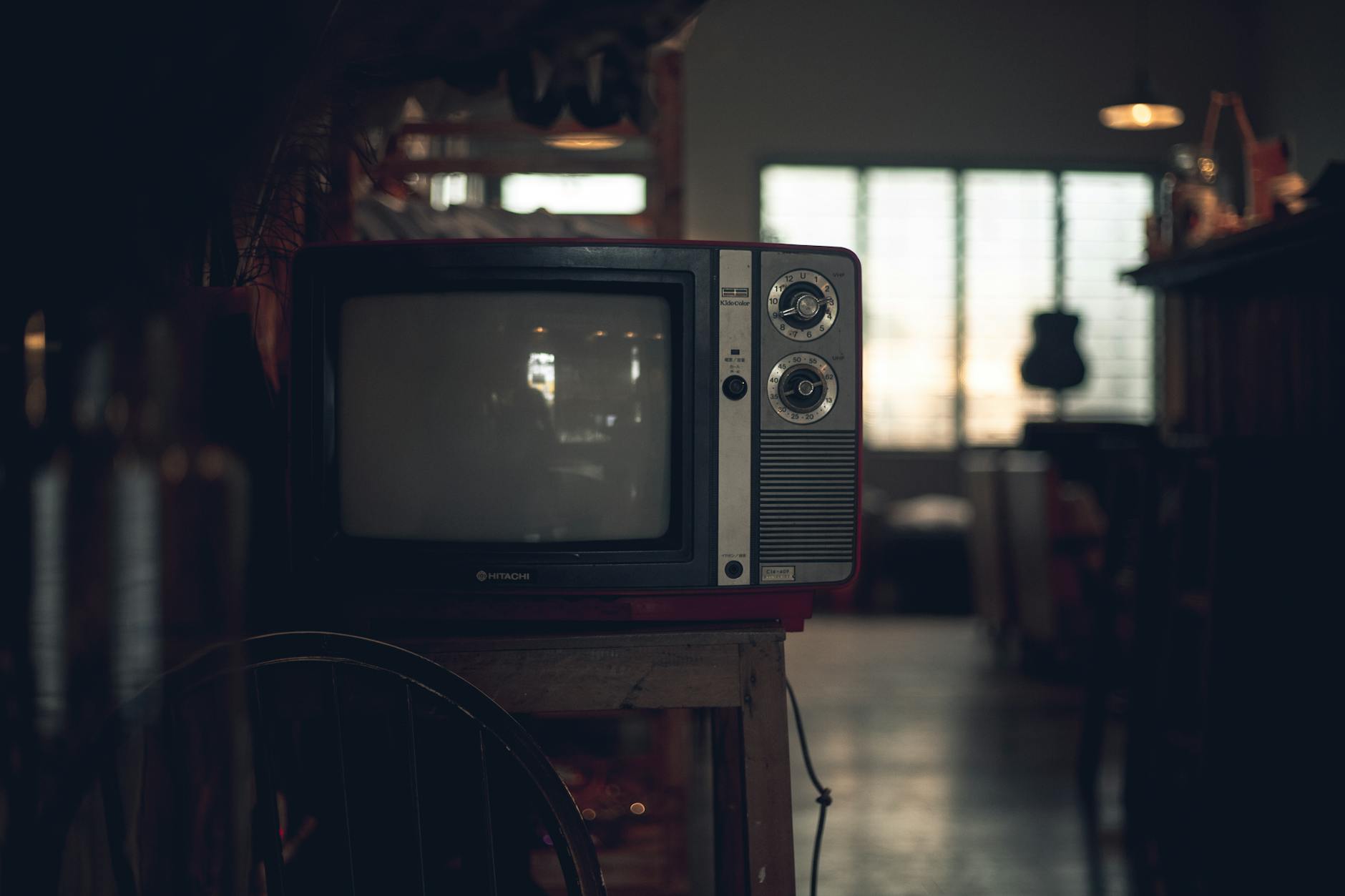
Flyover is a fabulous new $40 million attraction at Navy Pier that used sophisticated drones to create an experience landing somewhere between an IMAX movie and a virtual roller-coaster. It makes you feel l as if you are flying like a bird over Sweet Home Chicago and thus experiencing it anew. The ride-movie hybrid, created here by Pursuit, part of the Arizona-based Viad Corp., has been doing boffo business and was just added to the lineup at the company’s Las Vegas operation. That means international tourists headed to Sin City now can visit Chicago, at least virtually. The beauty of Chicago also is coming to Flyovers in Vancouver and Reykjavík, Iceland, where we’ll bet they don’t take our city’s grandeur for granted as so many of us do here.
“The Bear” has been tantalizing neighborhoods all over the city as it has filmed its third season. This Hulu show, in many ways a love letter to Chicago and its innovative artists and hospitality workers, is approaching a tipping point of popularity. If it retains its quality, which seems like a good bet, it will bring yet more attention to the city and maybe even spark the kind of spin-off tourist appeal that shows such as “Friends” and “Sex in the City” have brought to New York City for years.
Chicago is all over Broadway, too, right now. One of the surprise hits of the Broadway season, “The Heart of Rock and Roll,” a droll jukebox musical featuring the songs of Huey Lewis and the News, is set almost entirely at Chicago’s venerable Drake Hotel during the 1980s. That’s thanks to a writer, Jonathan A. Abrams, who grew up in the north suburbs and has peppered his show with accurate local references from Dick Butkus on down. “Illinoise,” which began at Chicago Shakespeare Theater and moved to Broadway, has its audiences staring at the word “Chicago” on its backdrop for the entire show. Plenty of them are posting it on social media.
Add to that the coming Democratic National Convention and the attendant media exposure, and Chicago will be making a lot of news this summer and well beyond.
An interesting collection to highlight: a tourist attraction, a television show, theater productions, and a political convention.
Chicago is, of course, a world class global city. Figuring out what cities rank highly includes culture, among other factors. In the United States, Chicago lags behind New York and Los Angeles in terms of population and prestige and there are cities coming up behind it (Toronto? Houston?). How much influential culture needs to occur and/or be noticed in Chicago?









